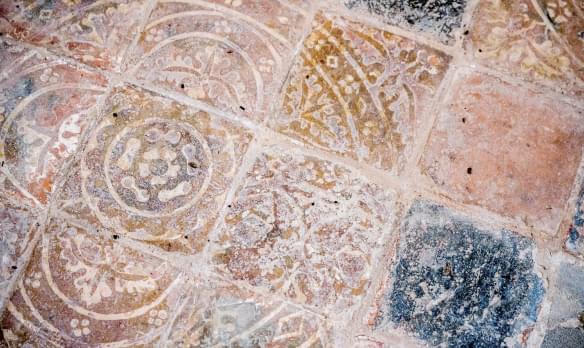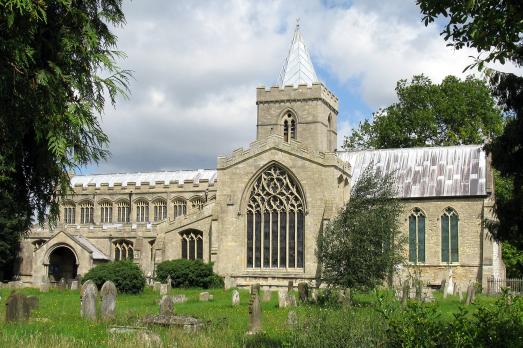
St Andrew
Willoughton, Lincolnshire | DN21 4BT
The church of St Andrew was built in 1794 to replace earlier buildings on the site.
Search for a fascinating place to visit, or see the variety of churches, chapels and meeting houses we have supported.

Willoughton, Lincolnshire | DN21 4BT
The church of St Andrew was built in 1794 to replace earlier buildings on the site.

Ingoldmells, Lincolnshire | PE25 1PW
During WWII Butlins holiday camp was named HMS Royal Arthur and today the church has a Royal Arthur chapel with a memorial stained glass window.

Kettlethorpe, Lincolnshire | LN1 2GZ
On this site Katherine Swynford, mistress of John of Gaunt, lived and worshipped, come and find our about their famous love affair and court scandal at the Katherine exhibition.

Willingham by Stow, Lincolnshire | DN21 5JY
St Helens is a simple19th century church with a Norman font and chancel arch, take a look at the winged imps for gargoyles around the church!

Winthorpe, Lincolnshire | PE25 1EJ
A well loved 14th and 15th century stone church.
We have supported this church

Blyborough, Lincolnshire | DN21 4HE
This delightful church is dedicated to St Alkmund, a prince of the Royal house of the Kingdom of Northumbria, born in about 770.

South Scarle, Nottinghamshire | NG23 7JH
We have supported this church

Carlton Scroop, Lincolnshire | NG32 3AX
We have supported this church

Skegness, Lincolnshire | PE25 2QH
It is believed the first parish church of Skegness was built in 1280, but this was destroyed in the flood of 1526.

Algakirk, Lincolnshire | PE20 2JT
We have supported this church

Quadring, Lincolnshire | PE11 4SQ
Medieval church in the heart of the Lincolnshire countryside, our church stands in isolation from the village and has stood here for over 700 years.

Algarkirk, Lincolnshire | PE20 2HH
An almost perfect specimen of village church architecture in its exterior, and in its interior possibly unsurpassed by anything of its kind in England (Illustrated London News, 1870).
We have supported this church